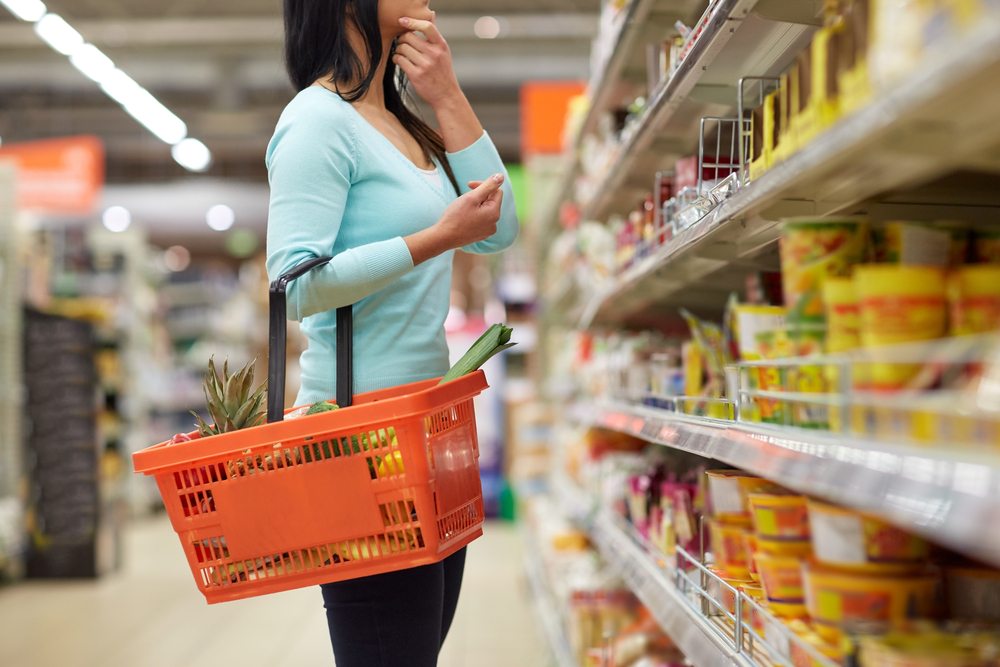Surprise rise in retail sales and consumer confidence in February despite soaring inflation

As sales volumes edge back towards their pre-Covid levels amid the cost-of-living crisis, there was a rise in retail activity. Meanwhile, despite inflationary headwinds, consumer confidence also rose slightly. The Office for National Statistics estimates that retail sales across Britain rose by 1.2% in February compared to January, the biggest month-on-month uplift since October 2022.
However, retail sales volumes were 3.5% lower than in February 2021. Drilling down into the ONS statistics, sales volumes for non-food items such as those in department, clothing and household shops rose by 2.4% last month, following a rise of 1.0% in January. Non-food department store sales volumes rose by 5.5% and clothing stores rose by 2.9%, largely because of the popularity of discount stores, the ONS said.
Secondhand stores, such as auction houses and charity shops, also did better in February, it said. But compared to February a year ago, overall non-food sales volumes were 1.7% lower.
Spending less in pubs?
Sales volumes on food items rose by 0.9% last month but the ONS said that may have been a result of people spending less on dining in pubs and restaurants because of the cost-of-living crisis. Consumers were also spending less filling up at the pumps: automotive fuel sales volumes fell by 1.1% in February and were 8.9% lower than their pre-coronavirus levels in February 2020.
The proportion of online sales was broadly unchanged at 25.4% in February, though still bigger than before the pandemic began.
‘Snapping up bargains’
Danni Hewson, AJ Bell head of financial analysis, said: “Looking at the latest retail sales figures you might be forgiven for wondering if Britain really is in the middle of a cost-of-living crisis. But pop the hood and the reality is laid bare. Consumers appear to be choosing supermarkets over takeaways and snapping up bargains wherever they can.
“Yes, sales are back to pre-Covid levels but that just shows an economy that’s stagnant. And compare how much people are paying for the privilege of buying the same amount of stuff they did three years ago and that’s up a staggering 16.6%. “People are hunting out bargains whether they’re found in the sales aisles being well stocked by department stores, or in charity shops or other second-hand emporiums. Purchasing power has been eroded and some retailer’s books clearly show the sector is paying a high price.”
Sophie Lund-Yates, equity analyst at Hargreaves Lansdown, agreed that consumers were hunting harder for bargains. She said: “The relatively strong result comes as sales volumes in both department and clothing stores picked up, with discount options leading the way as people sought ways to keep costs down. The wider ramifications for stores need to be considered here, the depth of strength on the discount side spells trouble for margins, which are already under serious pressure in the industry.”
A better spring?
Meanwhile, in other optimistic consumer news, GfK’s long-running consumer confidence index increased two points this month.
However, Joe Staton, client strategy director at GfK said the small improvement “masks continuing concerns among consumers about their personal financial situation”. “Wages are not keeping up with rising prices and the cost-of-living crisis remains a stark reality for most. The recent Budget will bring relief to some sections of the population, but for now many people are simply looking to survive day-by-day.
Just having enough money to live right and pay the bills remains the number one concern for consumers across the UK.” Victoria Scholar, head of investment at Interactive Investor, noted that despite the increase, there was no room for complacency. She said: “Sentiment improved to a one-year high but remains gloomy by historic standards.
“The personal finance measure however remains low as inflation erodes take-home pay and cost-of-living pressures persist.
Economic data, though still weak has started to show incipient signs of improvement in the UK with house prices, retail sales, confidence and PMI figures picking up off the lows as the mini Budget chaos fades into the rear-view mirror and the Bank of England approaches the end of the rate hiking cycle.
Inflation remains a sticking point, having unexpectedly picked up again in February.”





